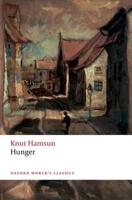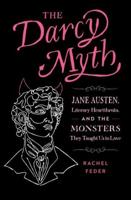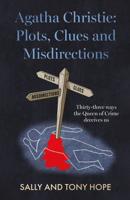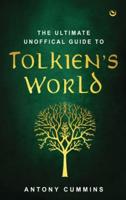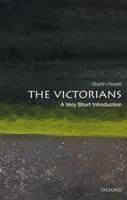Publisher's Synopsis
When "Frankenstein" appeared in 1818 it was well known that the medical profession lent silent support to the grave-robbing gangs who regulary sold the surgeons newly-buried bodies for dissection. This "resurection trade" led to the sensational Burke and Hare case, which revealed that the bodies of murder victims had been pased to the Edinburgh surgeon Dr Robert Knox with his connivance.;This work demonstrates that the third edition of "Frankenstein", appearing in 1831, acquires a remarkable range of new meanings from these developments. Marshall's particular historical focus is the Anatomy Act of 1832, which ended the grave-robbin trade by permitting the use of unclaimed pauper bodies for dissection. He argues that "Frankenstein" and the Anatomy Act can be seen as twins, one in the world of the imagination, the other in the realms of legilation. "Frankenstein" and a range of affiliated literature is read alongside accounts of medical, legal and political/social history. Drawing on work by Ruth Richardson, Elias Canetti and Karl Polyani, Marshall assembles the early-19th century's fictional commentary on the changing and troubled status of the medical profession.





